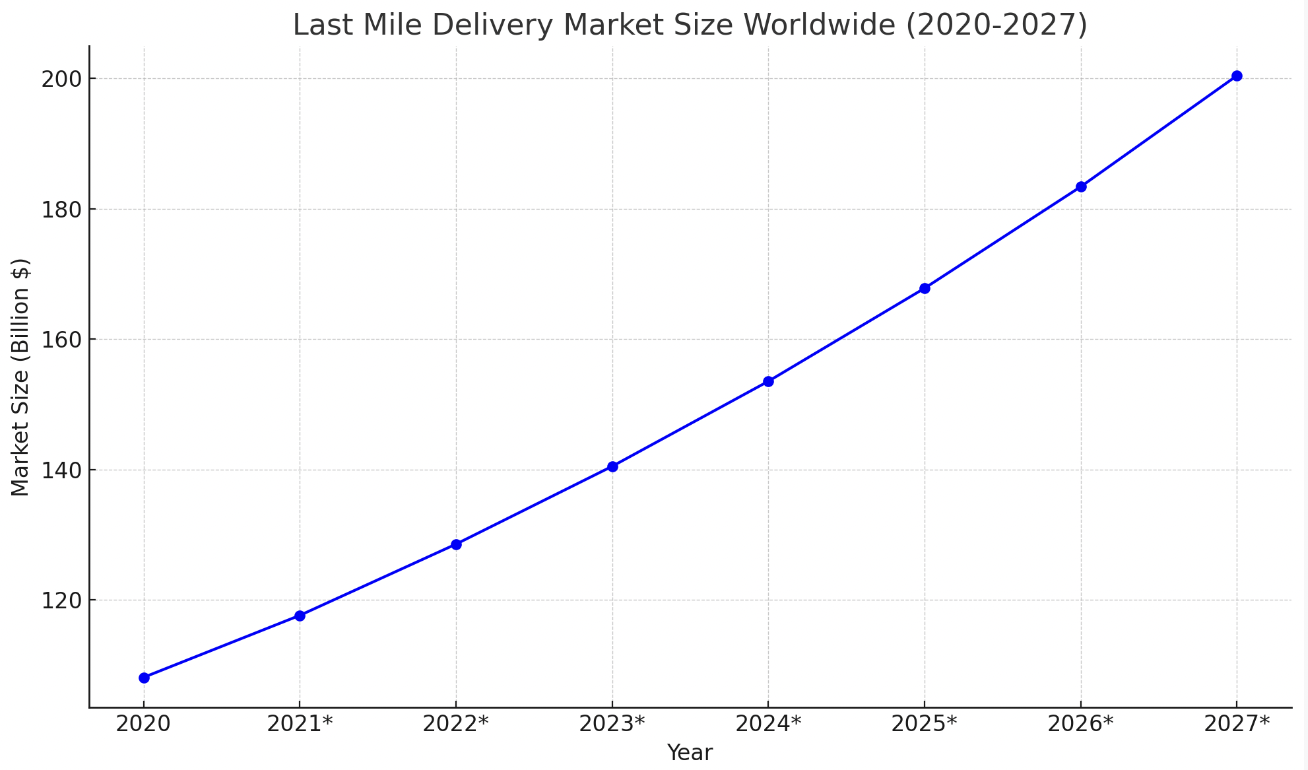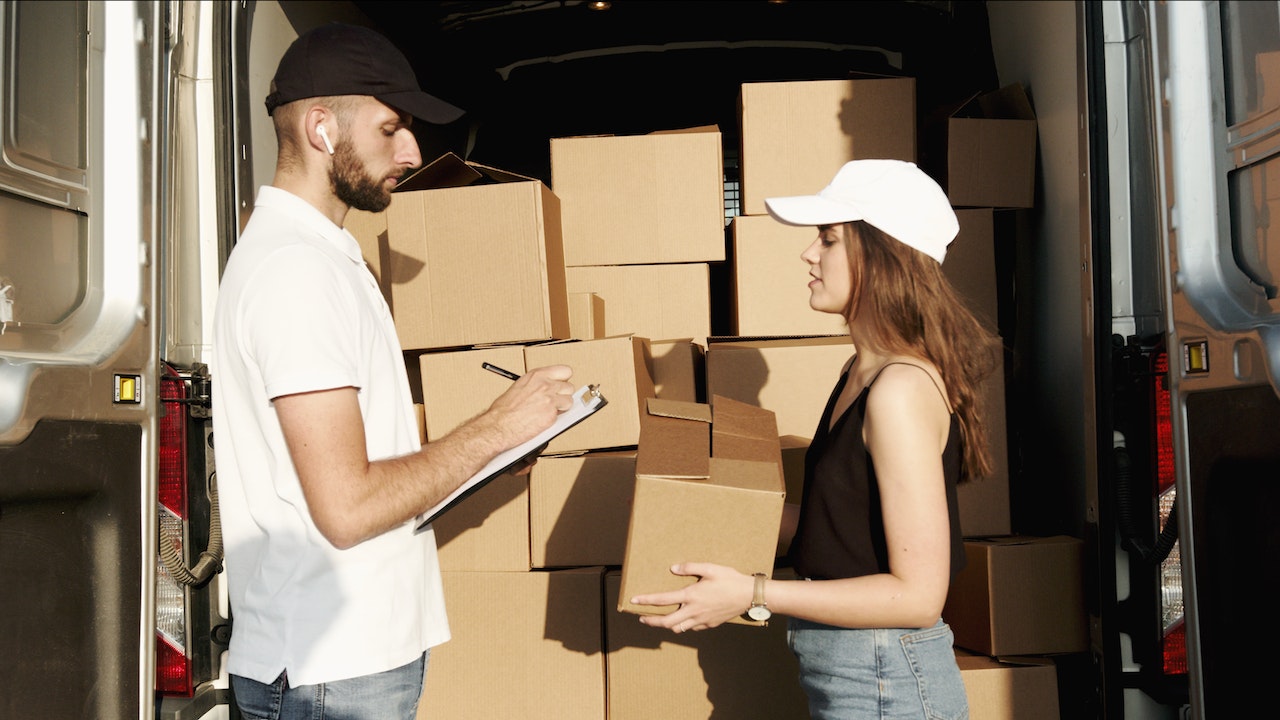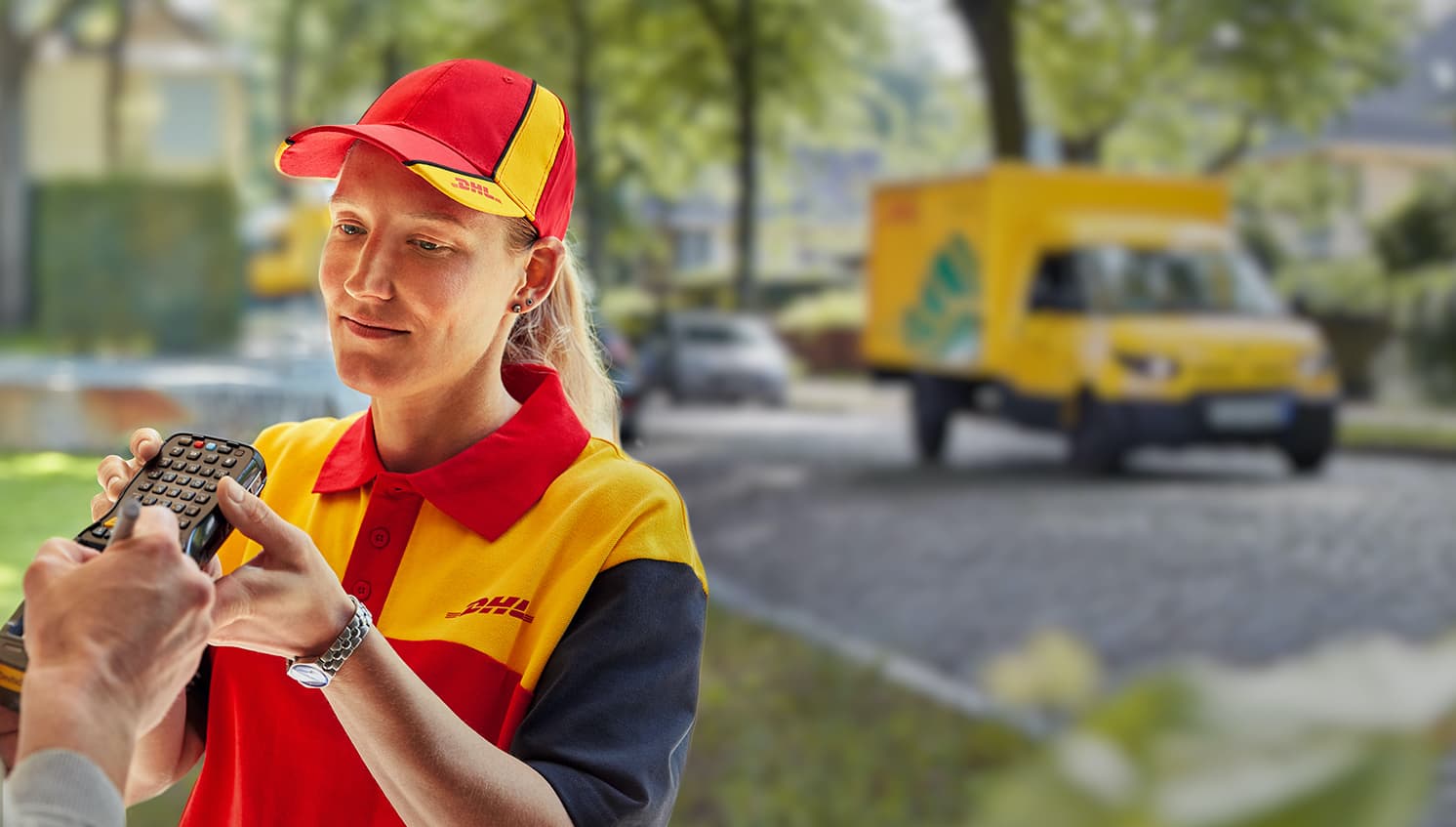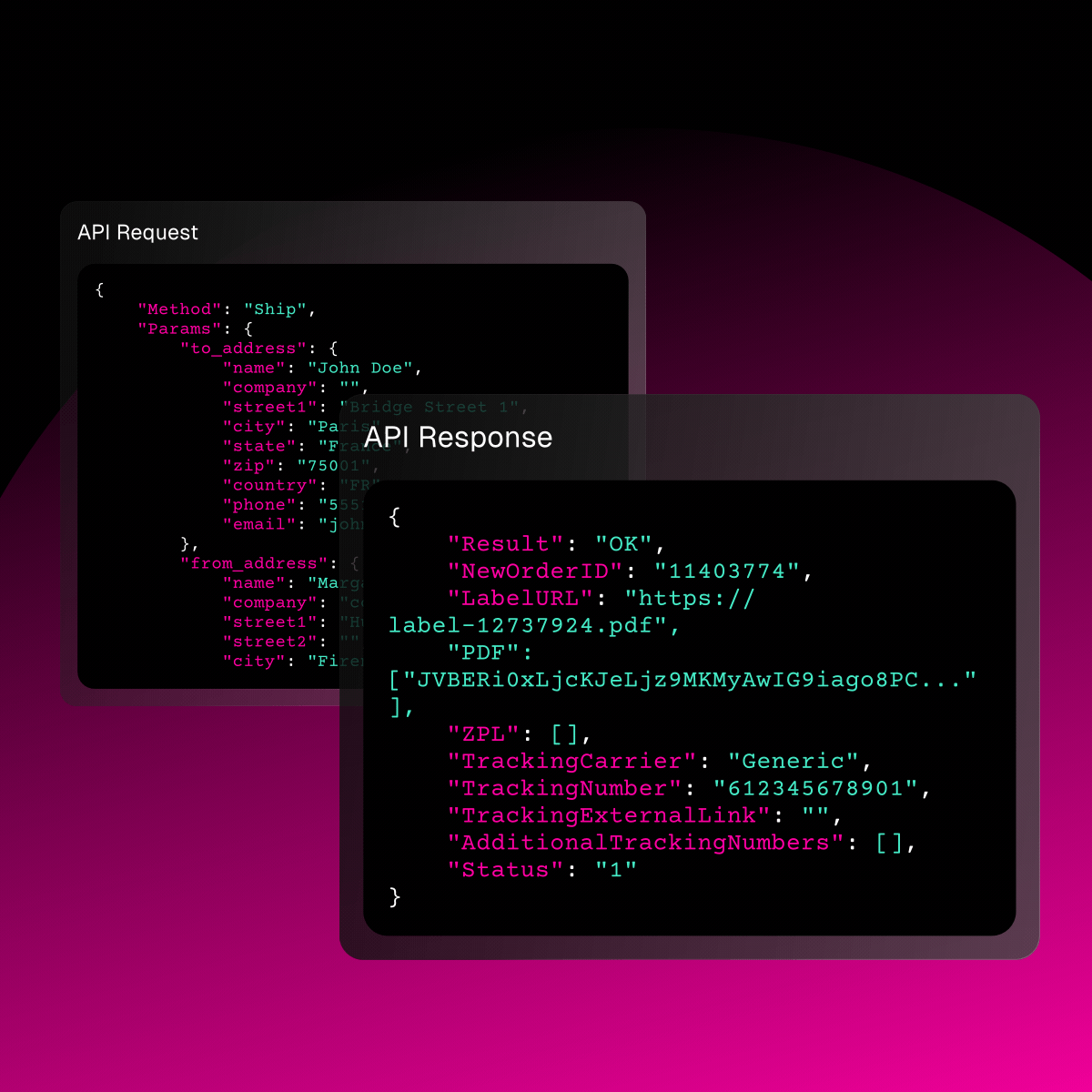Last-mile delivery: definition, advantages, and challenges

Last-mile logistics is the final stage of delivery and is one of the most controversial aspects for online and offline shops. Expensive and difficult to manage, it can be one of the vulnerable points of the supply chain or its greatest asset. This is further accentuated with the ongoing growth of ecommerce.
Regardless, it is a strategic element for many: it impacts the seller as well as the distributor, the customer, the carrier, and even the community in general, given that it contributes to traffic and pollution. Understanding what it is, its evolution in recent years, and strategies to best manage it both now and in the future, is essential.
In fact, this is exactly what we will discuss in this article, addressing all the topics related to the concept of last-mile in logistics and providing practical indications for its improvement. But first, let's make sure you are aware of its definition.
What is last-mile logistics exactly?
last-mile logistics, or last-mile delivery, is everything that happens related to the delivery of a package from the moment it leaves the distribution hub to when it reaches its final destination.
Therefore, contrary to what one might assume, it is not a short route, but rather a specialized service that delivers the goods to the store, to the production centre or into the hands of the end customer.
Furthermore, the last-mile varies depending on whether the recipient is:
- production (B2B): the delivery of goods to factories is considered the last-mile of the production chain, where they will contribute to production and be transformed into a new product;
- distribution (B2B): in the distribution chain, the last-mile refers to the transportation of products from central warehouses to the shelves of the points of sale;
- retail (B2C): in this case, last-mile logistics is the process of delivering the goods into the hands of the end customer, typically following a purchase made on an e-commerce site.
Last-mile carrier: what is it in retail?
last-mile logistics in retail B2C is certainly the most delicate because it is very complex and must integrate perfectly with all the others phases that precede it.
After a product is created during the production phase, it undergoes a process called “traction”, where it is transferred from the factory to one of the logistics sorting centres. Then, last-mile logistics takes care of transporting it to the end customer.
last-mile delivery can be categorised based on the type of delivery:
- home delivery: when the carrier delivers the goods directly to the customer's home;
- Click&Collect: the last-mile destination is a physical store where the customer will go to collect the goods;
- collection point: the last-mile carrier leaves the product in designated locations such as a locker, in newsstands, in authorised supermarkets, etc.
It is evident how these new methods, driven by the exponential growth of B2B or B2C e-commerce, have only increased the complexity of last-mile delivery.
This complexity involves managing the warehouse, shipping, information to be provided to the customer, etc. in a perfectly integrated manner and in a very short time - which for online shops is now often reduced to 24 hours with same-day delivery, even over considerable distances.
Furthermore, the last-mile significantly contributes to a company's reputation. In fact, it is the phase during which the customer finally comes into contact with the product but does so at the hands of others - with all potential risks this involves! A mistake at this stage could mean a customer lost forever, while a smooth experience, which perhaps goes beyond expectations, paves the way for repeat purchases.
If there’s any chance you are still underestimating the strategic importance of this area of logistics, just take a look at some statistics that will swiftly change your mind.
Last-mile delivery statistics that everyone should know
The last-mile delivery market is vast and globalised. It can be characterised based on the type of service offered, the means used for delivery, the geographical coverage, the methods, and times proposed. Plus, there are many players involved in this stage, extending beyond just distributors. It also includes all the various intermediaries who, like ShippyPro, can contribute to improving one or more areas of this complex process.
It is important to understand that this sector operates on a gigantic scale:
- The global last-mile delivery market is expected to reach $66 billion by 2026, up from $39.5 billion in 2020, with a compound annual growth rate of 8.9% through 2021, according to McKinsey.
- Again, according to McKinsey, consumers, especially Millennials, are willing to pay a 30% premium for same-day delivery and even more for a guaranteed time slot delivery.
- The last-mile alone can account for 28% of the total transport costs of goods.
- 59% of consumers will never do business with a company again after a maximum of two or three negative experiences. 13% do not return to purchase from the same brand if the delivery is delayed.
- A report from Facts and Factors estimates that the delivery robot market is expected to reach $55 billion by 2026, up from $17.13 billion in 2020, with 20.4% growth.
- Again, McKinsey estimates that, in the future, 80% of deliveries will be handled by autonomous vehicles.
- 41% of supply chain professionals say data analytics is a priority for technology innovation. But only 12% of them are successfully implementing AI in their businesses.
According to BrandEssence in 2020, the global market was worth $108.10 billion, and is expected to grow steadily over the years.
In 2027, the market is estimated to reach $200.42 billion, showcasing the growing importance and demand for last-mile delivery services in the global logistics landscape.
The growth trend of the last-mile delivery market is effectively depicted in the graph below:

Source: Statista
Green last-mile logistics?
Data reveals a very complex and intriguing market.
The sector is a hub of technological advancement, and it is already strongly influenced by artificial intelligence. It is therefore preparing for a new upheaval: the advent of autonomous vehicles and drones will bring a change as profound as the first Industrial Revolution.
Above all, it is an area with strategic impacts, both positive and negative, not only for brands, but for the entire community.
In fact, today's last-mile carriers are all mainly on the road. This means trucks and minivans are invading cities and highways, contributing to traffic, polluting the air, and increasing social costs.
The issue is so prominent that it has led to the coinage of a new term, GLAD (Green last-mile Delivery), highlighting the quest for sustainable logistics ideas. Many companies are investing to find technological and non-technological solutions in this sense.
As already mentioned, the first solution will be the increase of deliveries handled by electric vehicles to reduce pollution and decongest the roads. But the real revolution will come with automated vehicles. Drone delivery is already a reality! Although not yet approved for use by the public, Amazon has made considerable progress in testing the use of drones for deliveries.
But while we wait for a drone to knock on customers' doors to deliver our products, we can still reduce the ecological impact of the last-mile, as well as the economic impact on our company budgets by learning to optimise this process.
5 tips to improve last-mile logistics management

The trends of past years, especially from the pandemic onwards, and even more so those emerging on the horizon, represent significant challenges of last-mile delivery, making it increasingly complex and expensive.
The constant growth of online orders, the escalating importance of customer feedback, the pressure from ecommerce giants for shorter delivery times at cheaper conditions... all these elements are putting the market to the test.
This has led to a significant improvement in the service logistics providers offer, but also a consequent increase in costs for manufacturers and sellers.
The trend cannot be reversed and trying to compete with the big players by offering paid delivery, or worse, within a week, is impossible. It is therefore necessary to adapt and exploit existing technology as much as possible to optimise processes and improve shipping logistics, from the first to the last-mile.
Here are some tips and tricks to achieve this:
1. Plan all logistics for the last-mile
The last-mile is, precisely, only the final piece of a long and complex process, which must work perfectly from the beginning to avoid delays, complications, and errors. This is why it is essential to structure your entire production and distribution chain accordingly.
The warehouse plays a crucial role: a messy, chaotic hub in which goods are distributed in an incorrect or non-optimized way can create a lot of damage. It is important to maximise the effectiveness of operators, reduce internal transport times and distances, and arrange goods strategically to enhance last-mile logistics effectiveness.
Optimise interactions with last-mile carriers, ecommerce platforms and customers
By nature, ecommerce is multi-channel and multi-platform. Sales made on your own Shopify ecommerce site must often be integrated with those arriving from Amazon, eBay, etc. These must then be sorted and sent with various carriers, from the last-mile Poste Italiane to DHL, UPS, GLS...
In this hectic context, the customer must be informed, kept updated, and contacted in case of problems.
This becomes the perfect recipe for disaster if you don't rely on cutting-edge management tools to coordinate and automate all these activities.
ShippyPro, for example, allows you to collect incoming orders from all sales channels in one platform, and automatically assign them to different carriers. At the same time, you can set automatic and personalised alerts to be sent to customers at every stage of the process. In this way, you can maintain a comprehensive overview of all operations despite their escalating complexity.

3. Analyse last-mile logistics KPIs correctly
Equally important is to track and evaluate the performance of operations involved in the last-mile. You need to identify which Key Performance Indicators (KPIs) are most suitable for your business and keep them under close control.
These are not just indicators linked to the functioning of the warehouse, but specific data related to:
- percentage of on-time deliveries,
- fuel consumption levels,
- kilometres planned versus those actually travelled,
- analysis of delivery costs (per package, per kilometre, per vehicle...),
- complaints and return requests,
- damaged packages
Also, monitoring last-mile ecommerce statistics and market trends is also useful for comparing your performance with that of others.
4. Enhance the user experience
The customer must be at the centre, always. It may seem like a cliché, but nowhere is this more true than in last-mile logistics. This stage represents the “moment of truth”, where your company indirectly comes into contact with the customer. Here, all efforts made could result in success or in failure at the dear cost of customer retention.
It is important to give customers as many options as possible. These should be efficient and effective for the company but also make the delivery experience satisfying.
With ShippyPro's Track&Trace, automated notifications also become a way to build customer loyalty, to ask for feedback, to increase the opening rate of your communications. Ultimately, to make this delicate phase the one in which you manage to deliver not only a product, but also your brand.
5. Monitor new trends and choose which ones to follow
Finally, be careful not to blindly chase every trend and new solution. Often, the market takes directions that are convenient for end customers but harmful in the long term for companies. Reducing delivery times without strategies in mind, promising results that cannot be maintained over time, or chasing all the current fads are sure ways to win in the sprint but lose the marathon.
It’s always better to take a step back, discover what works best for your company, work on strengths and focus on consolidating the brand in a way that is consistent with its values. Only in this way will the foundations be laid for effective and efficient last-mile logistics, ready to respond to current and future trends.
FAQs about last-mile logistics
What does last-mile mean?
The last-mile in the logistics sector is the final delivery stage of a package, from the moment it leaves the distribution hub to when it reaches its final destination.
It is therefore not, as one might think, a short route, but a specific service that brings the goods to the store, to the production centre or into the hands of the end customer.
What is last km logistics?
In the retail sector, the logistics of the last km, or last-mile delivery, is what allows the goods to be delivered to the end customer. After the production phase, the product is transferred from the factory to one of the logistics sorting centres through a process called "traction”. Then, with last-mile logistics, it is delivered to the customer.
What does last-mile carrier mean?
The last-mile carrier is the interlocutor who is responsible for transporting the products for the final delivery. Typically, these are specialised companies, national postal services, or private carriers.
Passionate freelance copywriter, with a niche in ecommerce and logistics. When collaborating with ShippyPro, she loves writing about trends, marketing and communication strategies to help brands gain an edge in an ever-evolving digital landscape.











